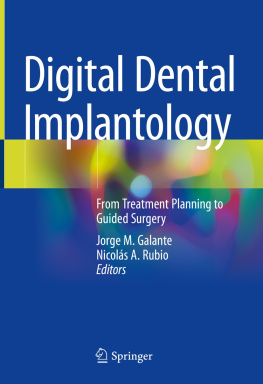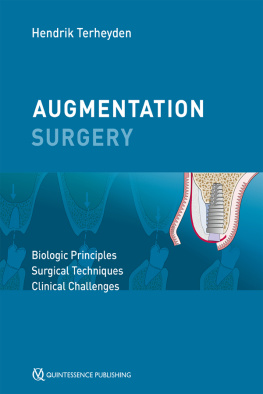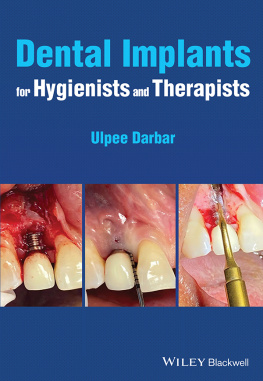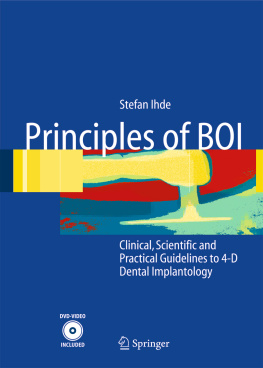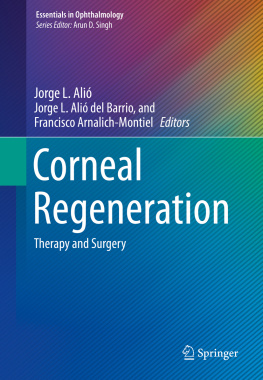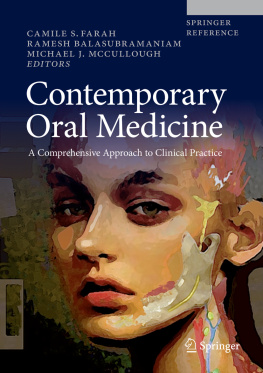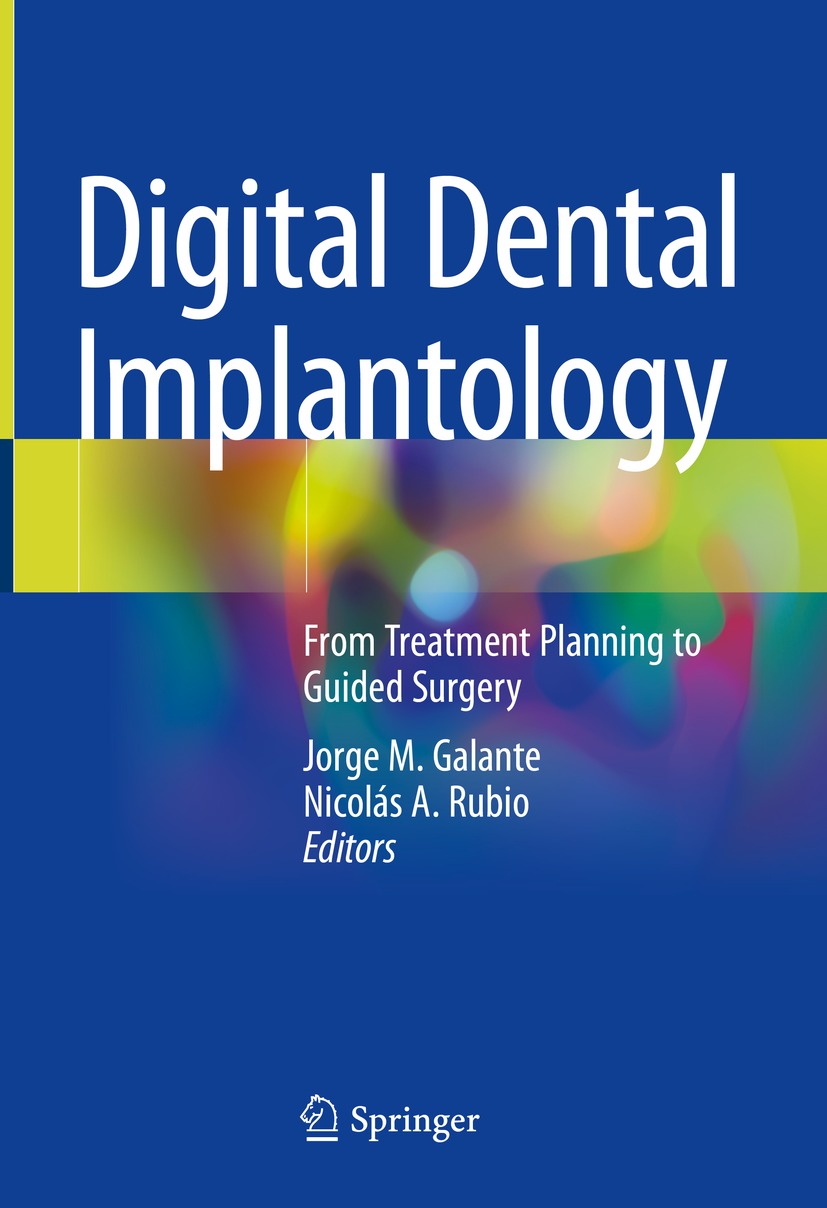Jorge M. Galante (editor) - Digital Dental Implantology: From Treatment Planning to Guided Surgery
Here you can read online Jorge M. Galante (editor) - Digital Dental Implantology: From Treatment Planning to Guided Surgery full text of the book (entire story) in english for free. Download pdf and epub, get meaning, cover and reviews about this ebook. year: 2021, publisher: Springer, genre: Computer. Description of the work, (preface) as well as reviews are available. Best literature library LitArk.com created for fans of good reading and offers a wide selection of genres:
Romance novel
Science fiction
Adventure
Detective
Science
History
Home and family
Prose
Art
Politics
Computer
Non-fiction
Religion
Business
Children
Humor
Choose a favorite category and find really read worthwhile books. Enjoy immersion in the world of imagination, feel the emotions of the characters or learn something new for yourself, make an fascinating discovery.
- Book:Digital Dental Implantology: From Treatment Planning to Guided Surgery
- Author:
- Publisher:Springer
- Genre:
- Year:2021
- Rating:5 / 5
- Favourites:Add to favourites
- Your mark:
Digital Dental Implantology: From Treatment Planning to Guided Surgery: summary, description and annotation
We offer to read an annotation, description, summary or preface (depends on what the author of the book "Digital Dental Implantology: From Treatment Planning to Guided Surgery" wrote himself). If you haven't found the necessary information about the book — write in the comments, we will try to find it.
This book describes the fusion of CBCT and CAD/CAM technologies for the purpose of surgical dental treatments and explains the advantages and applications of this digital approach for implant placement procedures and other oral surgical protocols.
All aspects of computer-aided imaging and design are first covered in the textbook, including the creation of DICOM and STL files; followed by the process of virtual merging to obtain a combined image. Secondly, clinical tips for the use of digital wax up, software interactions and accurate template fabrication are explained, including subtractive and additive methods used for this manufacturing step.
The remainder of the book is devoted to the application of technology fusion in implantology, guided bone regeneration, and maxillofacial surgery. Both static and dynamic guided surgeries are described. Materials characteristics and surgical instruments are also presented to define a correct selection criteria.
The digital approach outlined in this textbook involves a paradigm shift in the way traditional oral surgery is conceived. Technology fusion aims to improve treatment accuracy, optimize clinical time and reduce patient morbidity. Clinicians will find this book to be a valuable guide for virtual surgical planning and a path to introduce themselves into the exciting world of digital dental surgery.
Jorge M. Galante (editor): author's other books
Who wrote Digital Dental Implantology: From Treatment Planning to Guided Surgery? Find out the surname, the name of the author of the book and a list of all author's works by series.

